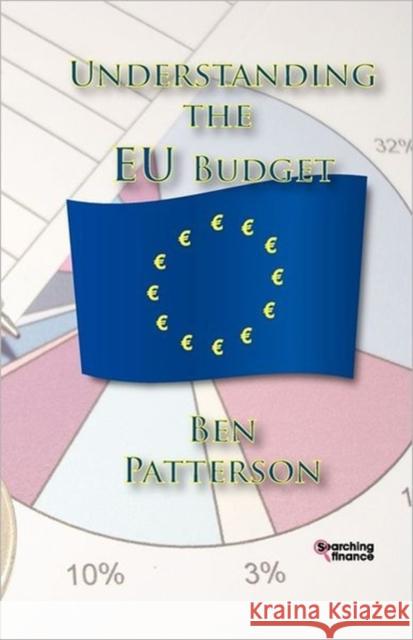Understanding the Eu Budget » książka
Understanding the Eu Budget
ISBN-13: 9781907720239 / Angielski / Miękka / 2011 / 138 str.
The Budget of the European Union - the "Common Market" which Britain joined in 1973 - will soon be back in the news. Decisions are to be taken later this year on how much the EU will be able to spend between 2014 and 2020, and how much British taxpayers will have to contribute. The EU's Budget currently totals over 140 billion or about 117 billion a year. But is an EU budget necessary? How large should it be? How is it decided and funded? And is it under proper control? These are some of the questions which Understanding the EU Budget seeks to answer. Even when decisions are not pending on the long-term, the EU's annual budgets are a perennially contentious issue. The UK is the second largest contributor; and at a time when national belts are being tightened, it is not surprising that the UK is not alone in calling for a freeze on EU spending. Yet some EU expenditure is essential - contrary to popular belief the size of the so-called "Brussels bureaucracy" is comparatively tiny. In addition, much EU spending genuinely adds value: more can be achieved when countries pool resources than when they go it alone. Whether the current pattern of spending - 40% on agriculture, for example - is the right one to stimulate Europe's lagging economies is, of course, another matter. Written by former Member of the European Parliament, and of its Budgetary Control Committee, Ben Patterson, 'Understanding the EU Budget' explores the historical background, including the Court of Auditors' reports on mismanagement by the Commission which led to the latter's resignation en bloc in 1999. It clarifies the opaqueness of the Budget's structure and of the procedures leading to its adoption, and explains the implications for the 2011 Budget and the likely future shape of those to come.











